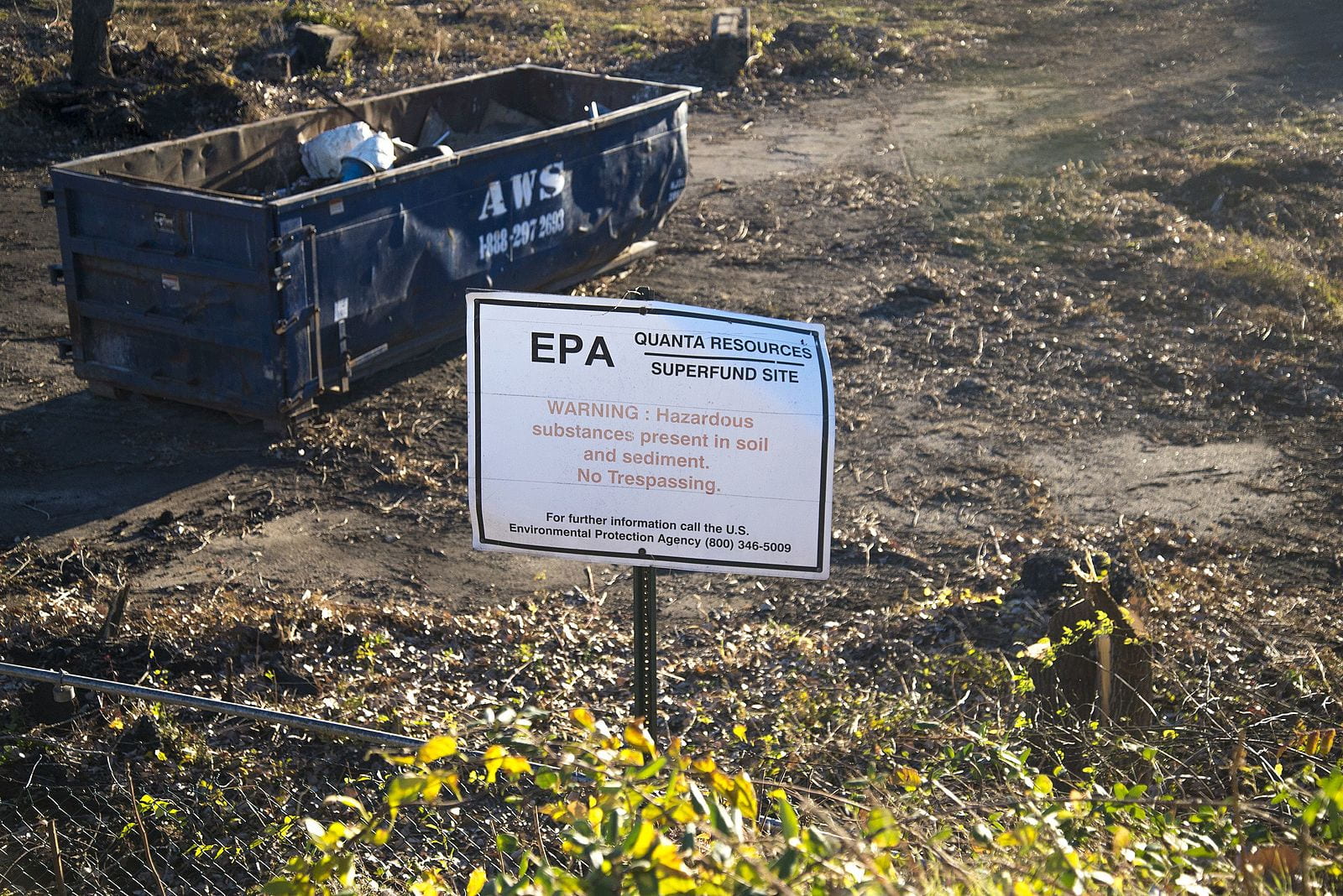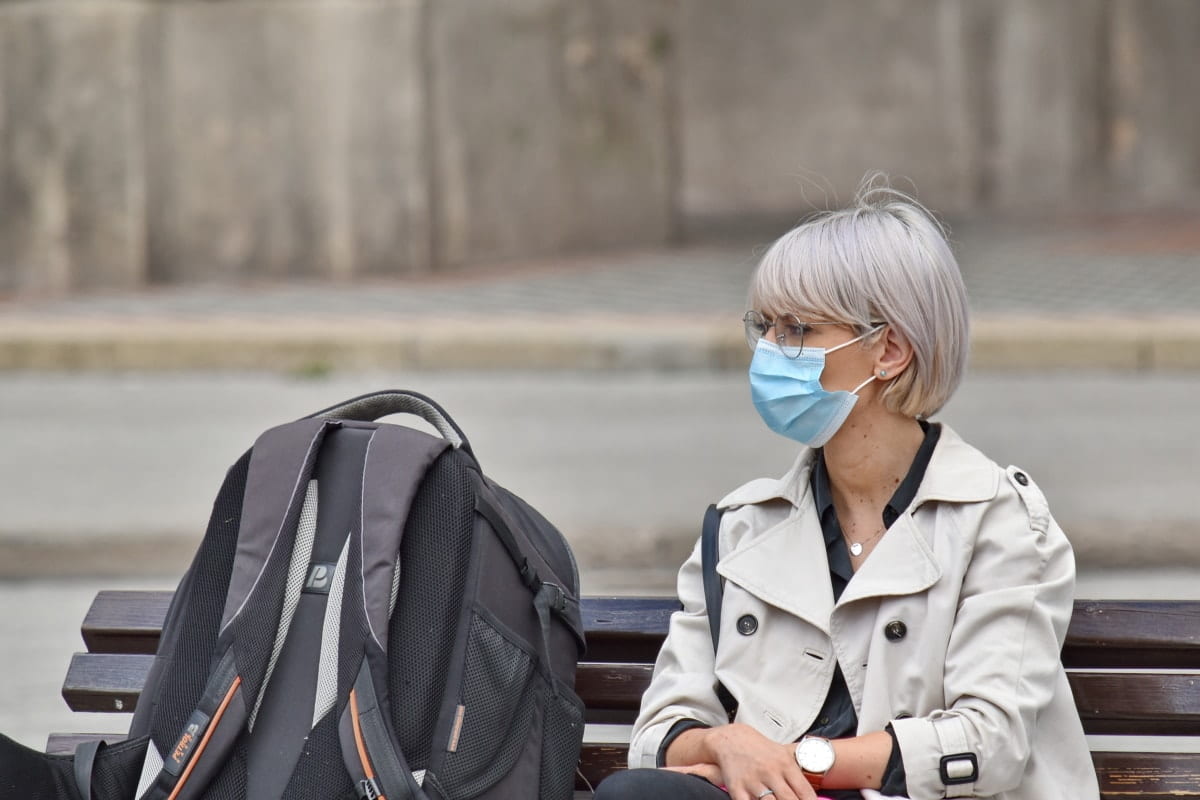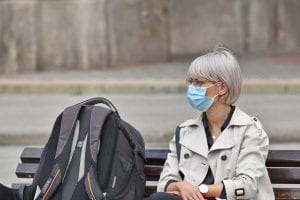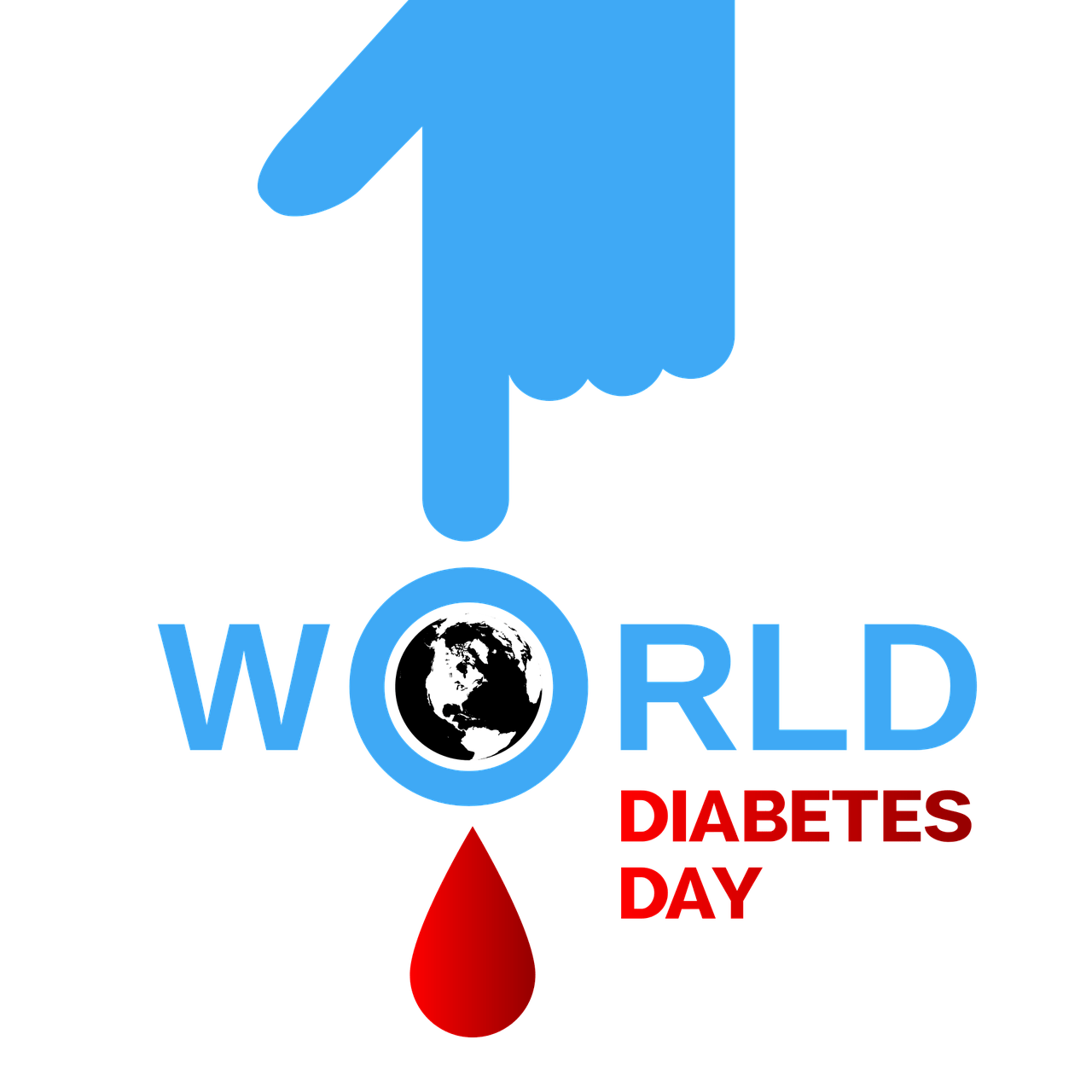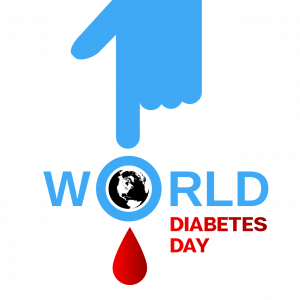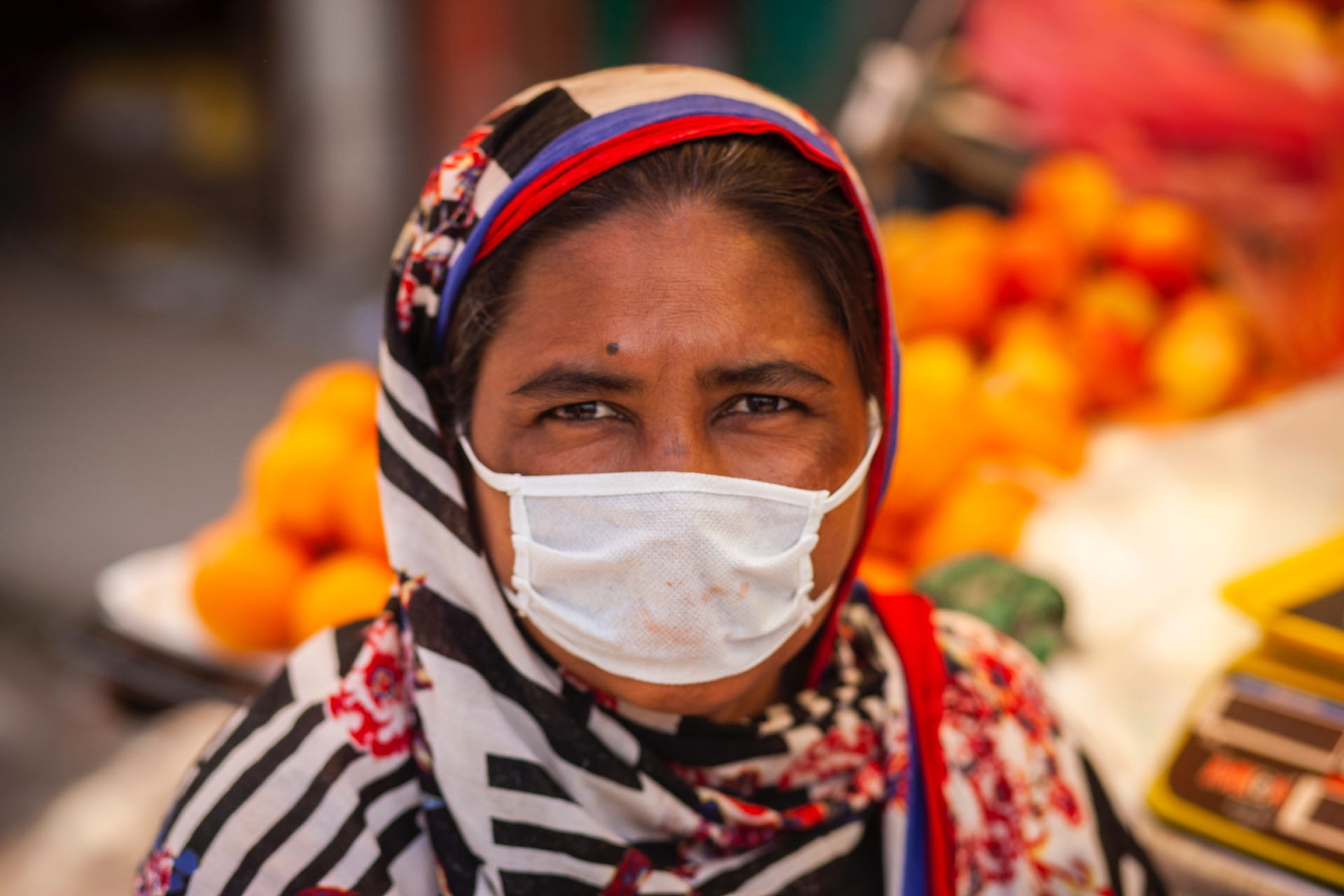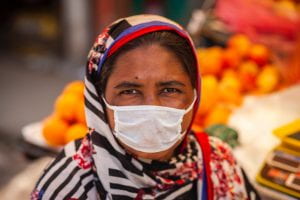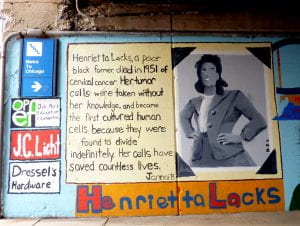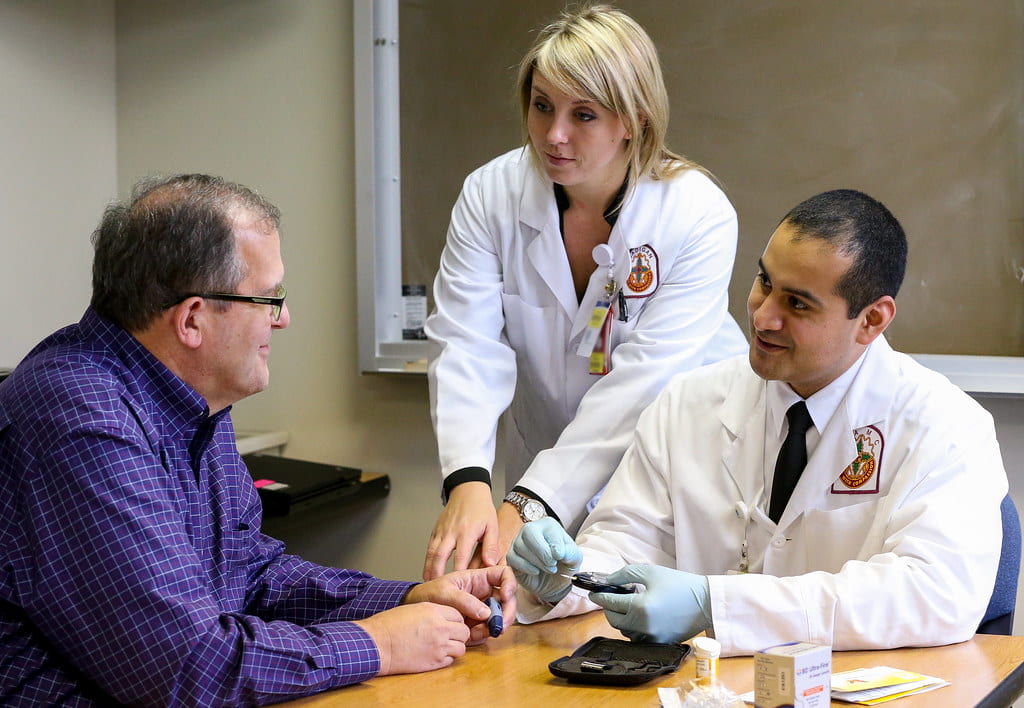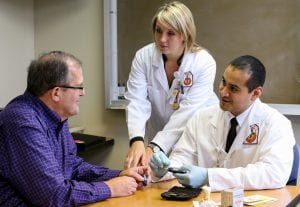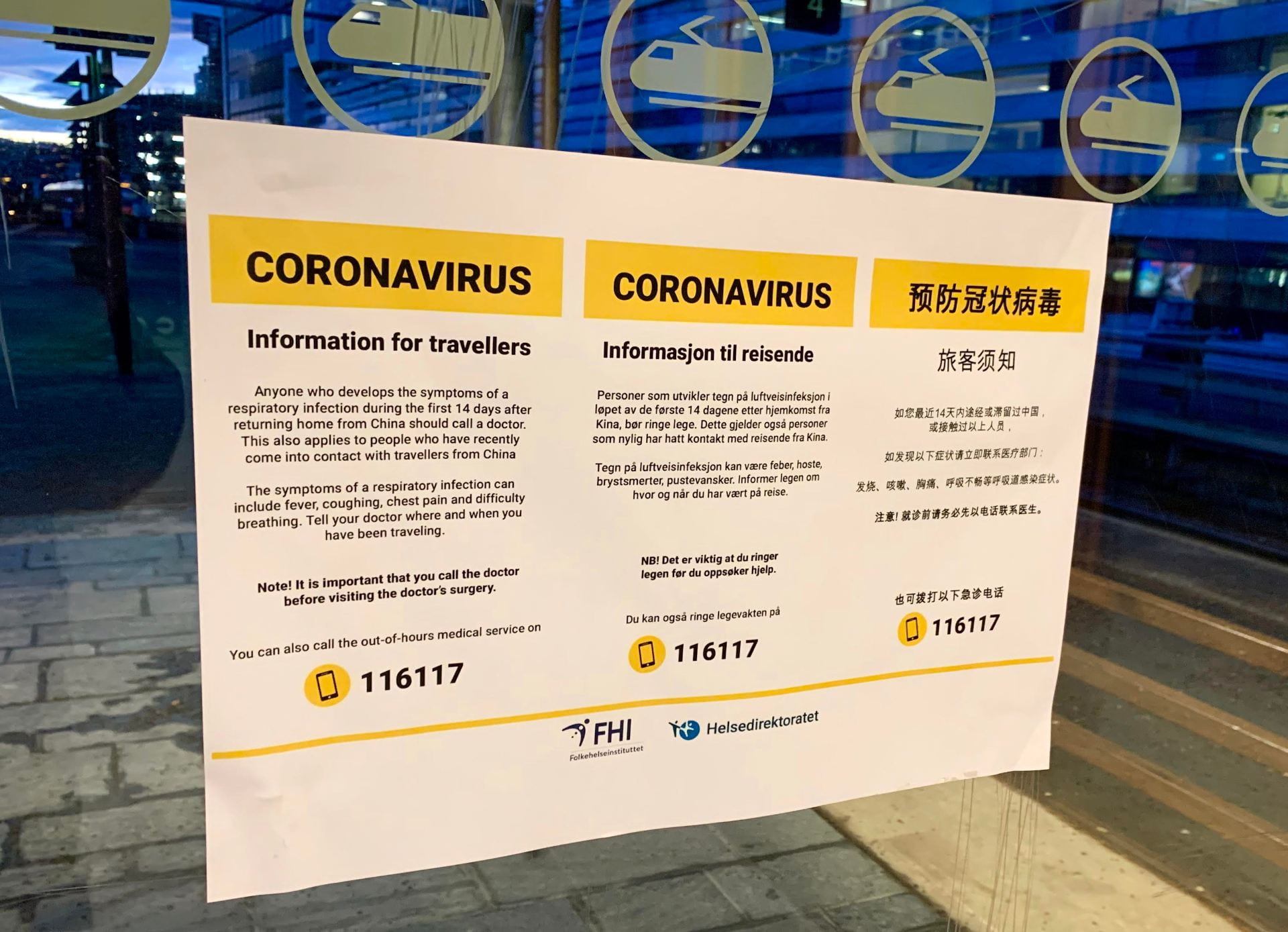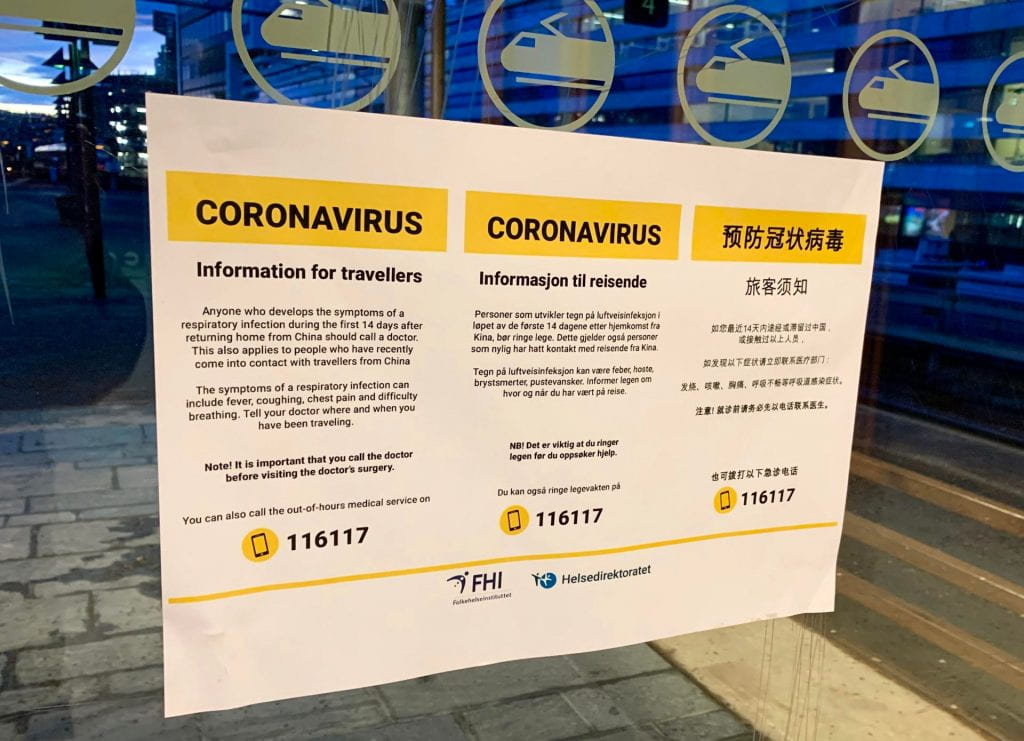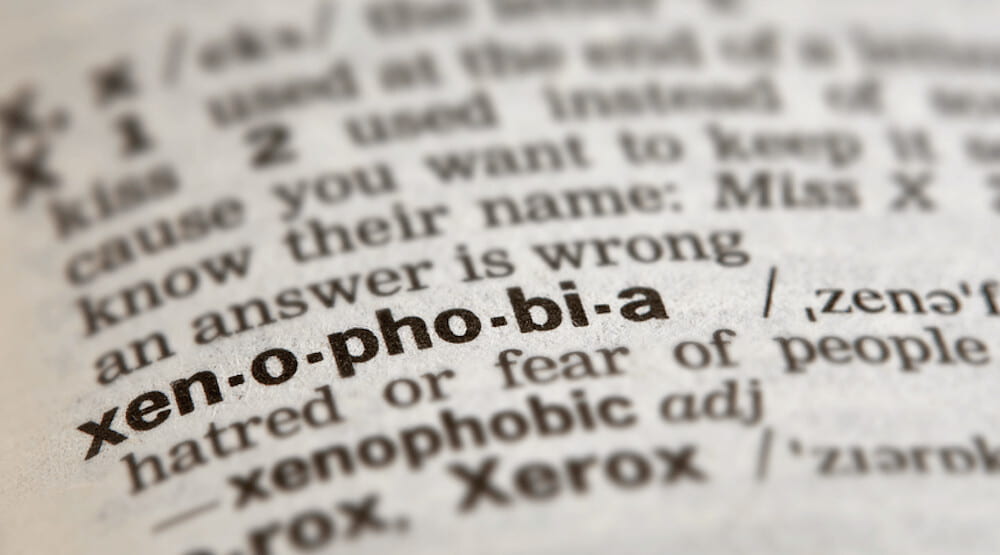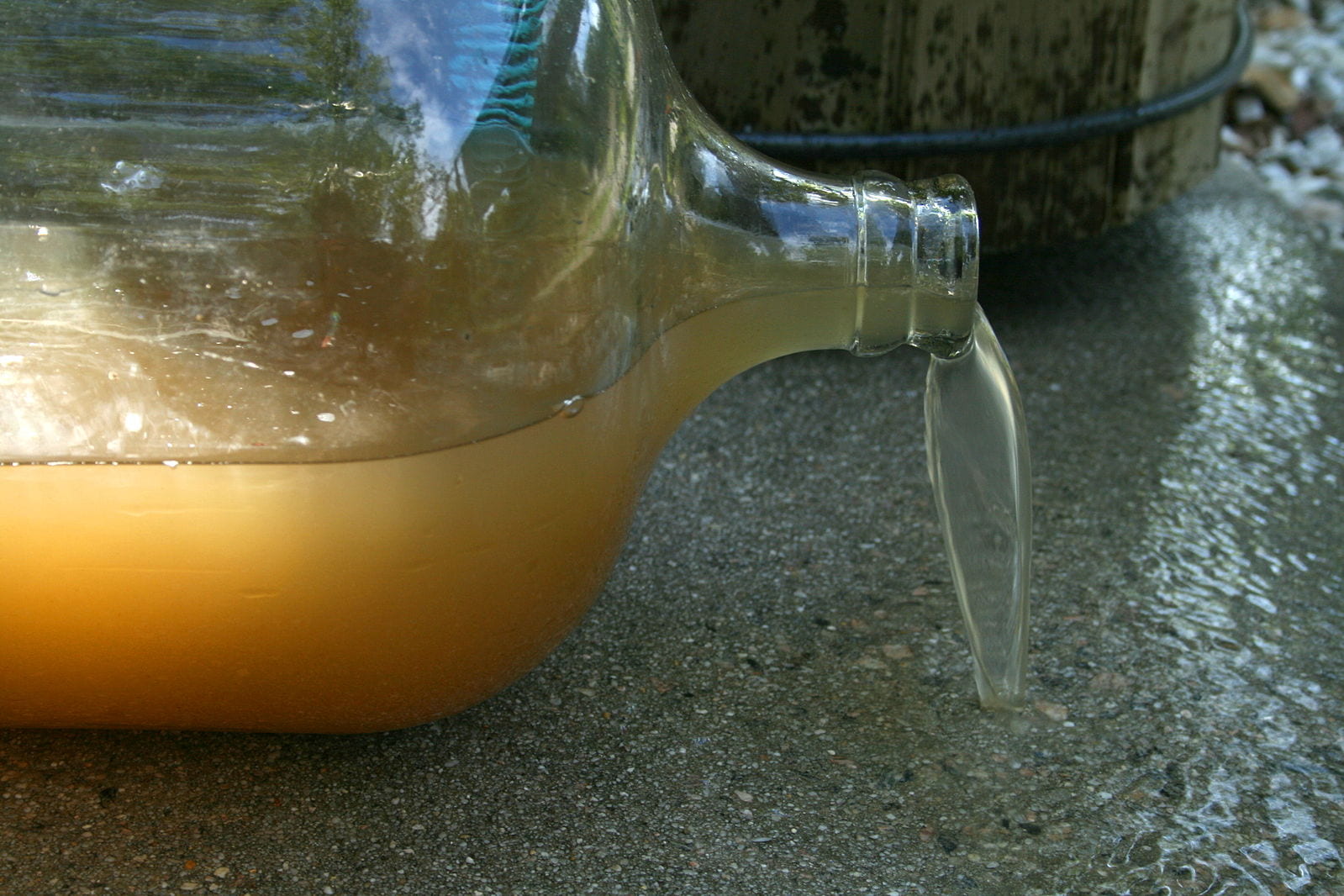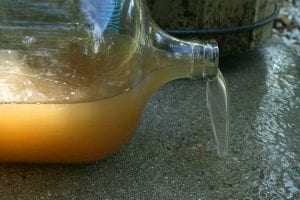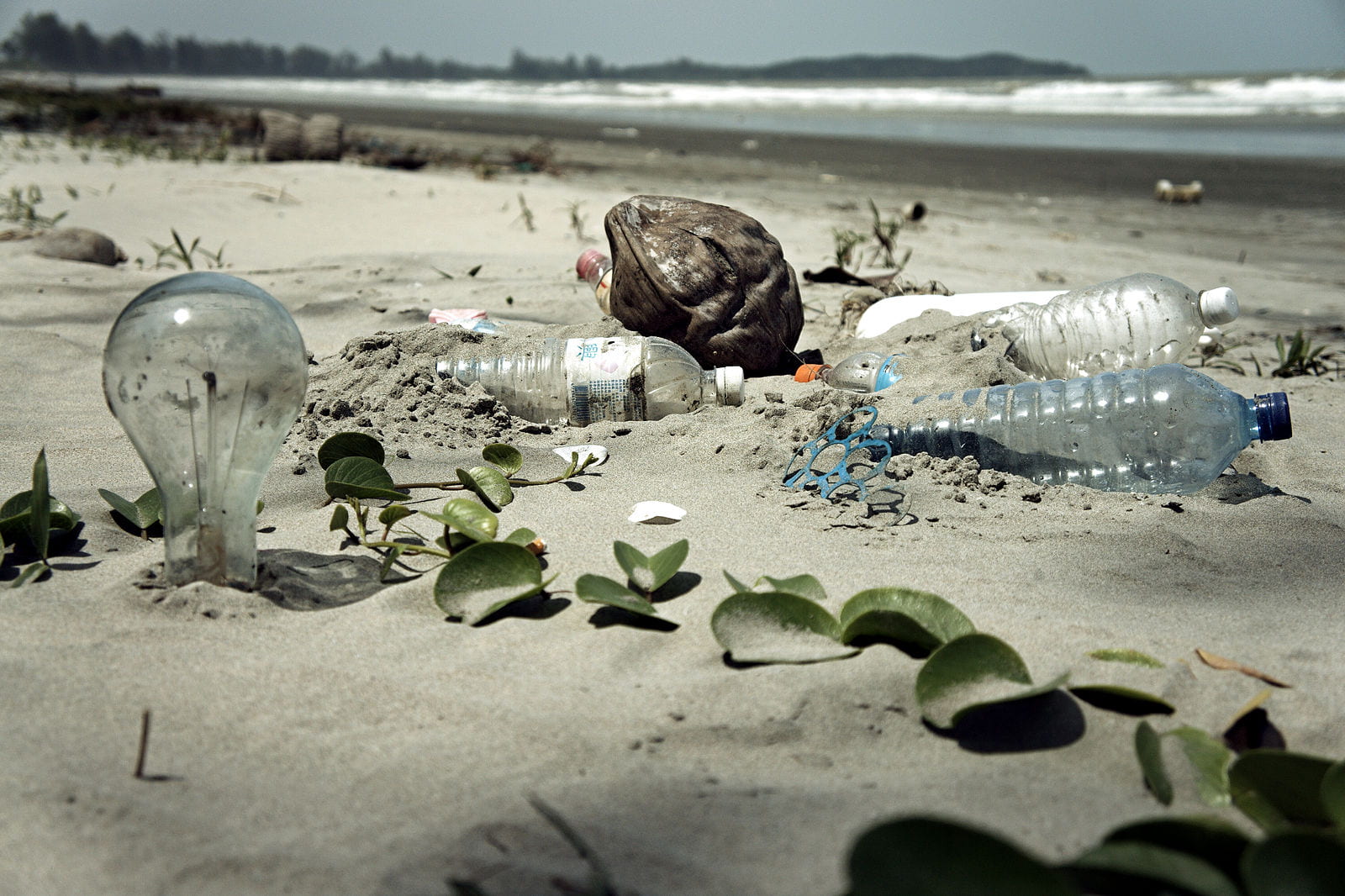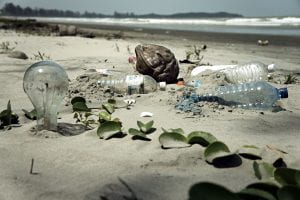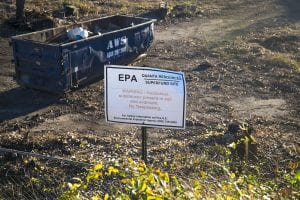
As a Public Health major, I am often looking at disparities and inequities in the distribution of poor health. Environmental justice, which can be defined as “the fair treatment and meaningful involvement of all people with respect to the development, implementation, and enforcement of environmental laws, regulations, and policies” is one topic I’ve learned about in many classes because of the significant impact the environment has on health. Unfortunately, the color of one’s skin plays a large role in their likelihood to live and work in an area that has an unhealthy environment, and the history of people of color unknowingly living and working in areas that are hazardous is long.
The Memphis Sanitation Strike started the environmental justice movement in February of 1968 when sanitation workers in Memphis, TN organized a strike to protest unfair treatment and the effects on their health. The workers had been receiving less pay than their white coworkers, while also doing the more dangerous work. Before the beginning of the strike, two black men had been killed by the trash compactor during work. The movement eventually lead to a recognized union and higher pay. This was not the first instance of environmental racism. However, it was one of the first time that head way was made when it comes to equality and equity.
The most famous example of a fight for environmental justice, Love Canal, seems to have few people of color as part of the story as many of the vocal people involved were white women. After heavy rain fall in 1978, residents of Love Canal, NY, noticed that there was a bad smell in the air, children were returning home after playing outside with burns on their skin, and babies were being born with birth defects at a very high rate. They didn’t know that toxic chemicals had seeped from the chemical waste dump they had built their homes and school on.
However, there was a federal housing project in the area as well that housed mainly people of color, and their voices were overshadowed by people like Lois Gibbs. The movement to move people out of the hazardous area did not extend to moving the people living in the federally funded housing to a safer area even though they were affected by the hazardous waste just as significantly. Luckily, both groups were able to relocate and receive compensation for the health effects.
While the Memphis Sanitation Strike and Love Canal both happened over 40 years ago, the environmental injustice experienced during those times has not completely gone away. Today people of color and low-income individuals are still more likely to live and work in hazardous areas. Most Superfund sites, which are areas that have been deemed severely environmentally contaminated, are within one mile of federally funded housing. Even more disturbing, a disproportionate amount of these families are people of color.
The disproportionate placing of federally funded housing, and therefore low-income communities of color, into environmentally hazardous areas stems from systematic racism, or more specifically, a Not In My Backyard (NIMBY) mentality held by higher-income white communities. No one wants to live near a hazardous waste site, a factory that releases toxic fumes, or a stinky landfill. However, the people with the power to say no get their way while the people who are already more likely to have health risks are placed in dangerous situations.
A larger problem is that low-income communities and communities of color have been not listened to. In northern Birmingham, AL a recent study showed that a coke mill on a Superfund site has been releasing carcinogenic chemicals in the air for years. Many residents have severe respiratory problems, such as asthma, and now can’t survive without many medications. However, the EPA didn’t catch the extremely high levels of rarer toxins in the air because they don’t typically test for those. It took a study from a nongovernmental organization to expose the harm that the coke mill was doing to this community.
No one wants to live somewhere that is going to make themselves or their family sick, and they shouldn’t have to. While the United States has made progress towards environmental justice over the past 40 years, there is still a long way to go. Superfund sites were created in 1980, but most of the current public housing was created before then. New federally funded housing should not be put near hazardous areas like Superfund sites, and we should work on solutions to clean up Superfund sites near federally funded housing or moving that housing . By reducing the number of housing projects near hazardous waste and taking note when a whole community gets sick, we will begin to move towards racial and income equity when it comes to the environment we live and work in.
